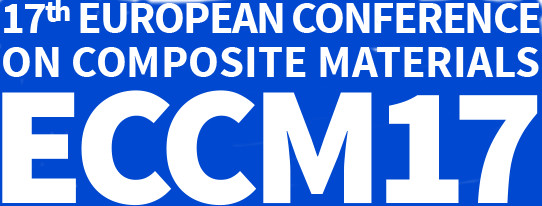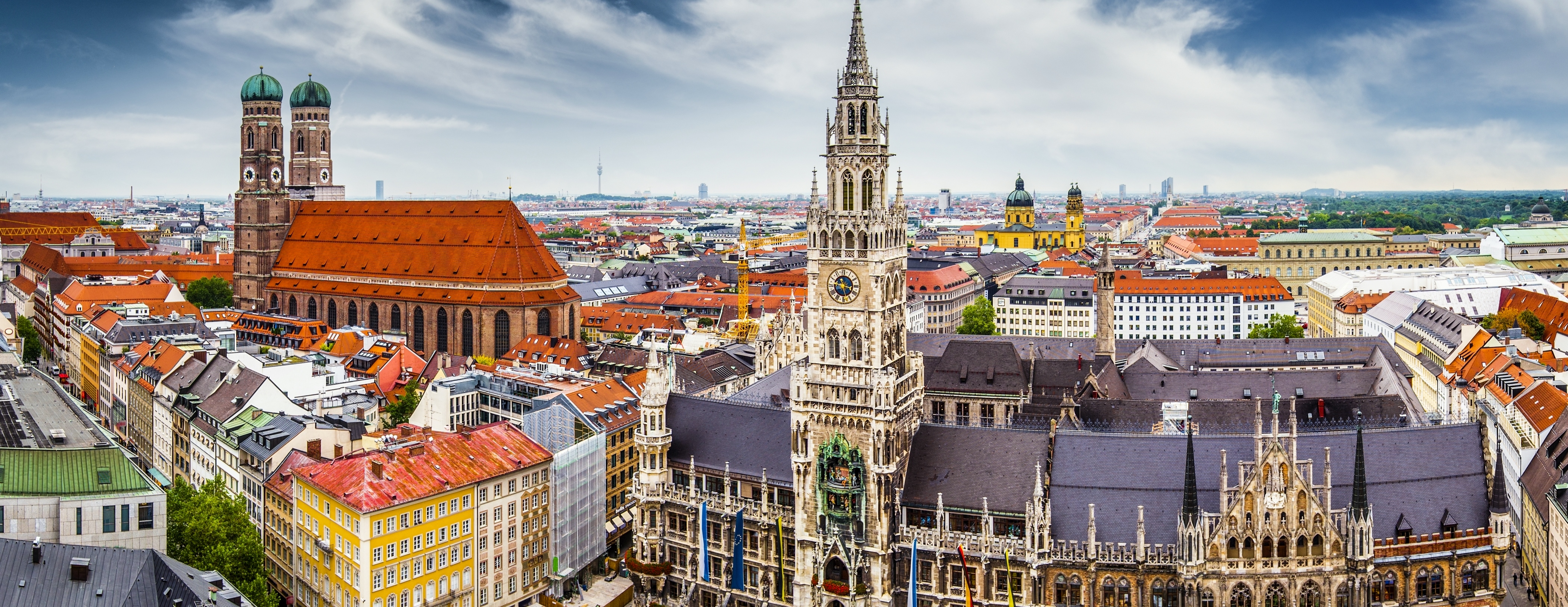

App-Einstellungen:
BIOINSPIRED COMPOSITES BY VACUUM ASSISTED MAGNETIC ALIGNMENT
Madeleine Grossman (ETH Zürich) Florian Erni (ETH Zürich) Florian Bouville (ETH Zürich) Rafael Libanori (ETH Zürich) Andre R. Studart (ETH Zürich)
A new processing technique for making micro-structured ceramic reinforced polymer matrix composites is explored as a tool for building simultaneously strong and tough composites that mimic the biological composite nacre.
MAGNETICALLY REINFORCED MULTI-STABLE SHELLS FOR BIO-INSPIRED SHAPE ADAPTATION
Andres F. Arrieta (Purdue University) Jascha U. Schmied (ETH Zürich) Hortense Le Ferrand (ETH Zürich) Paolo Ermanni (ETH Zürich) Andre R. Studart (ETH Zürich)
Bio-inspired hierarchical architectures using magnetically aligned micro-reinforcements are used to produce fast shape adaptation in composite systems based on structural multi-stability. Manufacturing procedures and experimental specimens are shown.
FIBRES IN BIOLOGY AND TECHNOLOGY: SMART FIBRE-REINFORCED MATERIALS AND STRUCTURES INSPIRED BY PLANTS AND ANIMALS
Thomas Speck (Botanic Garden of the University of Freiburg) Tom Masselter (University of Freiburg) Simon Poppinga (University of Freiburg) Marc Thielen (University of Freiburg) Georg Bauer (University of Freiburg) Katharina Bunk (University of Freiburg) Linnea Hesse (University of Freiburg) Stefanie Schmier (University of Freiburg) Anna Westermeier (University of Freiburg)
During the last decade biomimetics has attracted increasing attention. Fibre-reinforced structural materials found in plants and animals share many structural and functional properties with fibre-reinforced compound materials.
IMPACT AND CAI TESTS ON DOPED CARBON FIBER REINFORCED PLASTICS WITH BIS-MALEIMIDE BASED POLYMERS. THERMAL CHARACTERIZATION AND HEALING EFFICIENCY VALUE
Athanasios Kotrotsos (Applied Mechanics Laboratory) Stavros Tsantzalis (University of Patras) Aggelos C. Christopoulos (National Technical University of Athens) Theodoros Loutas (University of Patras) Vassilis Kostopoulos (University of Patras)
The present work deals with the effect of the incorporation of bismaleimade based pre-pregs on the impact and CAI tests of quasi isotropic CFRPs. Additionally the healing functionality and the thermal conductivity has been assessed.
DAMAGE DEVELOPMENT UNDER FATIGUE LOADING IN OPEN HOLE COMPOSITES WITH VASCULESSERVING AS SELF HEALING RESERVOIRS
Xenia Tsilimigkra (University of Patras) Stavros Tsantzalis (University of Patras) George Sotiriadis (University of Patras) Vassilis Kostopoulos (University of Patras) T. Coope (University of Bristol) Rafael Luterbacher (University of Bristol) Ian Bond (University of Bristol)
Open hole carbon and glass fiber reinforced polymers, integrated with vascules, were compared regarding their damage development during interrupted fatigue tests. Ultrasonic C-Scan and Infrared Thermography was applied to visualize the damaged area.
SELF-HEALING ELASTOMERS – HEALING FUNCTIONALISATION BY POLYMER ANALOGOUS SIDE-GROUP MODIFICATION
Anke Nellesen (Bochum University of Applied Sciences) Max von Tapavicza (Fraunhofer UMSICHT) Annette Schmidt (Universität Köln)
Based on biological self-repairing mechanisms self-healing strategies for elastomers were developed. Ionomeric modification has proven to be best for elastomers. After macroscopic cut, samples showed a recovery of up to 100 % (Elongation at break).
RECOVERY AFTER MODE I CRACK PROPAGATION AND IMPACT IN E-GLASS REINFORCED POLY(Ε-CAPROLACTONE)/EPOXY BLENDS
Amaël Cohades (EPFL) Véronique Michaud (EPFL)
Blends of epoxy and PCL were used as a self-healing matrix in fiber-reinforced polymer composites. Modulus, toughness, impact performance as well as damage recovery after thermal mending were measured and compared to those of pure epoxy composites.
MENDABLE PROPERTIES OF DIELS ALDER THERMOSETS: THE INFLUENCE OF BACKBONE FLEXIBILITY AND CROSSLINKING DENSITY
Eugenio Amendola (CNR - IPCB) Stefania Dello Iacono (CNR - IPCB) Alfonso Martone (CNR - IPCB) Maddalena Giordano (University of Naples) Alfonso Iadonisi (University of Naples)
A family of thermosetting epoxy resins has been prepared and characterized, containing a pair of Diels-Alder (D-A) adducts in the epoxy precursor backbone.
THE ADAPTIVE DESIGN OF HERBACEOUS PLANTS – INSPIRATION FOR BIOMIMETIC SOLUTIONS
Olga Speck (University of Freiburg) M. Caliaro (University of Freiburg) S. Anandan (University of Freiburg) C. Paul-Victor (University of Freiburg) Thomas Speck (Botanic Garden of the University of Freiburg)
During evolution plants have evolved the capacity to deal with changing environmental conditions and injuries. Adaptive design in herbaceous plants is the result of significant changes of e.g. mechanical properties and / or geometric configuration.
INITIAL STUDY OF THE MICROSTRUCTURE OF CARBON FIBRES ACTING AS NEGATIVE ELECTRODES IN STRUCTURAL BATTERY COMPOSITES
Fang Liu (Chalmers University of Technology) Masoud Rashidi (Chalmers University of Technology) Leif Asp (Chalmers University of Technology)
Using SEM and TEM we characterise carbon fibre microstructures for two fibres with different electrochemical performance. Differences in fibre microstructure allows us to explain why one fibre type works well whereas the other does not.
